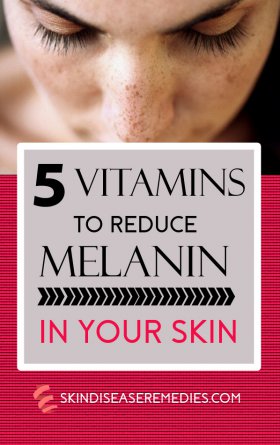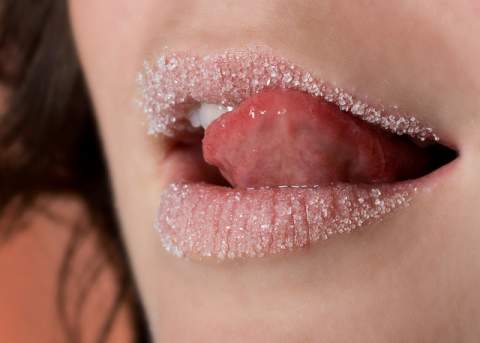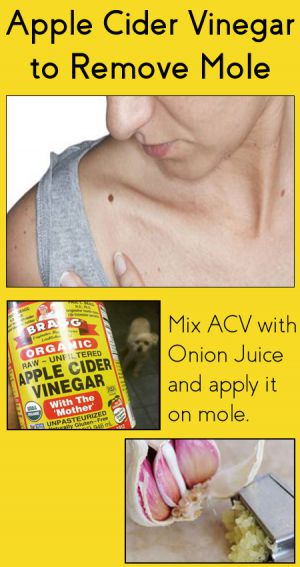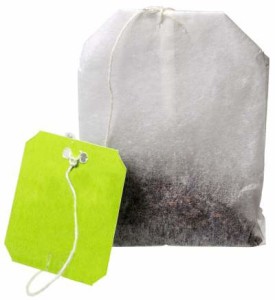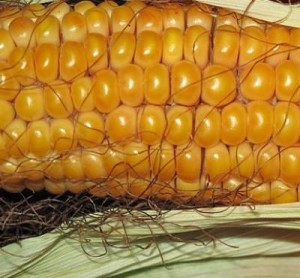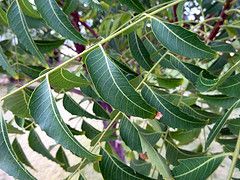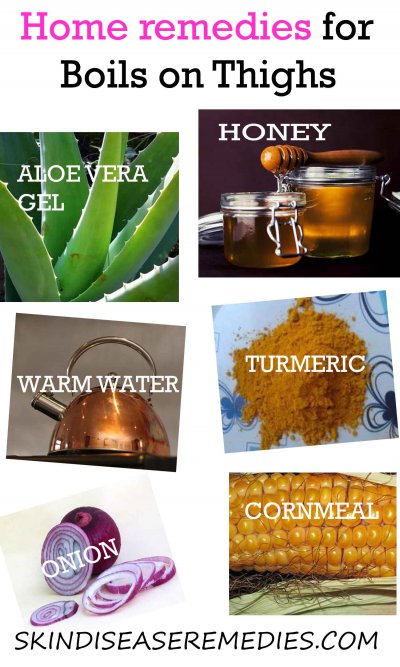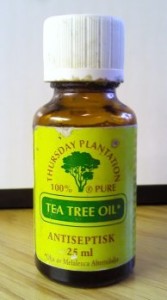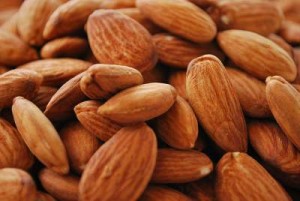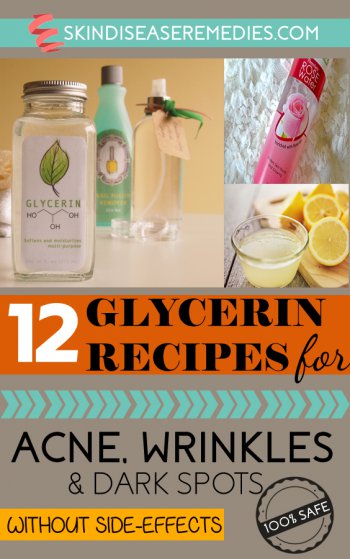
Glycerin looks humble, but nutrients packed in this colorless liquid can’t be replaced with any other product. In this article, you’ll know about benefits of glycerin for skin.
Prominent for its healing and moisturizing abilities, glycerin is one of the vital ingredients in beauty products.
Apart from its cosmetic benefits, glycerin can be used to treat minor health woes. This sweet tasting and viscous liquid is non-toxic. So you can give this odorless ingredient a try.
Jump to: Glycerin Face Mask Recipes
Is Glycerin Good for Skin?
Before that…
Why should you go for glycerin when there are a bunch of beauty products available in the aisle? Because these products are incorporated with chemical ingredients that may irritate your skin.
Home ingredients on other hand are packed with essential nutrients that your skin needs and aren’t associated with any serious side-effect.
- This viscous liquid is packed with cleansing properties that can wipe dead cells and other pollutants piled over your skin.
- Humectant ability exhibited by this odorless liquid is prominent. It locks moisture in the skin and helps to get rid of dry skin.
- Topical application of glycerin can shrink your large pores and make your skin firm.
- Assorted nutrients in this home available liquid can thwart skin ailments like acne, psoriasis, and eczema. It can effectively reduce blemishes and lighten their appearance.
- Vitamins and minerals housed in it form a protective layer over your skin and prevent hyperpigmentation.
- It helps to tone and maintain pH level on the skin.
- Skin rejuvenating ability of glycerin help to reduce the appearance of wrinkles and exhibit exfoliating property.
- Phenylethanol is an active compound in glycerin, which exhibits healing property and stimulates cell regeneration.
- Mix glycerin with lemon juice or rosewater to fade dark spots and to obtain radiant skin.
DIY Recipes: Glycerin for Skin, Acne, Wrinkles and Skin Whitening
If you’re done with scrolling, allow me to share few beneficial recipes of this humble liquid that your skin love to have.
The easiest or simple recipe for lazy guys is to wash your face, pat dry and gently massage your skin with glycerin. That’s it.
If you’re serious about your skin, then journey doesn’t end here.
The reason why you need to blend other ingredients with glycerin is to make it more effective so that it suits your skin type.
#1 Glycerin for Acne
It is one of the common skin ailments affecting about 80 percent people between the age group of 11-30. Researchers hold excess sebum, dead cells, bacteria, and inflammation to be main causes of this skin disorder.
Glycerin exhibits the non-comedogenic property that doesn’t cold skin pores. To make it more effective, we’ll mix rosewater and lemon juice with it.
Rosewater is packed with antibacterial and anti-inflammatory abilities that can effectively reduce acne inflammation.
Lemon is also packed with antibacterial and antimicrobial abilities that treat skin ailments.
How to Use:
- Mix required an amount of rosewater with glycerin.
- Add 2-3 drops of lemon juice to the lotion.
- Expose your face towards steam or wash it with lukewarm water to open blocked skin pores.
- Pat dry and apply the mask using a cotton
- Rinse it off after 15-20 minutes.
#2 Glycerin for Wrinkles
Aging, low nutritious diet, and environmental factors result in wrinkles or fine lines. Instead of applying chemical filled creams, you can use glycerin and vitamin E oil.
Vitamin E is known to block free radicals that result in wrinkles. It also boosts collagen formation to improve your skin texture. Elastin, which is essential to reduce wrinkles, can be produced by this vitamin.
How to Use:
- Puncture 2 vitamin E capsules to collect the oil in a bowl.
- Add 1 teaspoon of glycerin to it and mix thoroughly.
- Apply this mask using your clean fingers on prewashed face.
- Allow it to dry naturally and then rinse it off.
#3 Glycerin for Skin Whitening
We all are exposed to harmful UV rays, pollutants, and impurities. Apart from this, our skin sheds millions of dead cells. These factors turn skin complexion to dark.
Glycerin and rosewater are packed with essential nutrients that can wipe these impurities to make it look radiant.
How to Use:
- Mix 1 tsp of lemon juice with the required amount of glycerin.
- Also, add 2 tablespoons of rosewater to it.
- Mix thoroughly and apply it over prewashed face.
- Night is the best time to try this recipe.
#4 Glycerin for Oily Skin
Unlike harsh soaps, glycerin is gentle on your skin. Blend it with rose water to cleanse excess sebum piled over the face.
It’s non-comedogenic property makes it the perfect ingredient for oily and acne-prone skin.
How to Use:
- Take equal quantities of rose water and glycerin in a bowl.
- Stir well and apply it over prewashed face.
- Allow it to dry naturally overnight.
- Rinse it off in the morning.
#5 Glycerin for Dry Skin
Dry skin is one among the main causes of skin ailment. Dry skin often leads to itching and inflamed skin.
Researchers state that glycerin is gifted with a tendency to attract moisture. Hydrating and healing ability of glycerin does not just moisturize your skin but it can heal inflamed blemishes.
How to Use:
- Make your yummy homemade face mask by mixing required amount of raw honey with 2 tablespoons of glycerin.
- Apply this face mask over prewashed face and leave it to dry naturally for 20 minutes.
- Rinse it off with water and repeat the process twice or thrice in a week.
#6 Glycerin, Egg White, and Honey
Egg white is prominent to remove blackheads, impurities, and excess sebum. Benefits of honey need no explanation. Humectant, healing and anti-inflammatory abilities of honey are renowned.
How to Use:
- Whisk 1 egg white with 1 teaspoon of honey and 1 teaspoon of glycerin.
- Wash your face and apply this mask evenly all over the face.
- Allow it to dry for 15-20 minutes.
- Rinse it off with water.
Optionally, you can apply rosewater after washing this face mask to avoid the foul smell.
#7 Milk and Glycerin for Skin
This recipe is beneficial to cleanse your skin. Your skin is surrounded by various impurities as mentioned above. If you ignore to cleanse it, you’ll have to face skin disorders like dark spots, itching and dark complexion.
How to Use:
- Take 3 teaspoons of milk and mix it with 1 teaspoon of glycerin.
- Wash your face and apply this face mask using a cotton
- Leave to dry and rinse it off after 20 minutes.
- Repeat this process regularly for best results.
#8 DIY Recipe of Glycerin for Blackheads
Though blackheads aren’t associated with extreme pain, they ruin your physical appearance. Instead of giving your money run for pricey creams, try glycerin regularly.
How to Use:
- Take 1 TBSP of fuller’s earth, 4 TBSP of almond powder and required an amount of glycerin in a bowl.
- Mix thoroughly to obtain a smooth paste and apply it over prewashed face.
- Allow it for 15-20 minutes and then rinse it off.
#9 Glycerin for Minor Burns
Women spend most of their time in the kitchen and it’s normal that you end with minor burns. Instead of looking for an ointment, this time you can just apply glycerin and relax.
How to Use:
You’ll not have time to mix any ingredient. So, just glycerin is enough for it has healing properties.
#10 Glycerin for Diaper Rash
Yes, it’s humble as it looks. It goes well on your baby’s sensitive skin and it is non-toxic.
How to Use:
Directly apply glycerin over baby’s skin or mix it with 1-2 teaspoons of coconut oil. Don’t make it complex by mixing other ingredients.
#11 Glycerin for Dry Lips
After face, lips make your appearance alluring. Topical application of glycerin removes dead skin from lips, treats mouth ulcers, avoids irritation, treats cracked lips and gives your lips natural pink color.
How to Use:
- Mix 2 drops of lemon juice with 1 tablespoon of glycerin.
- Apply it over the lips.
- Non-toxic nature of glycerin makes it safe for internal consumption.
#12 Treat Mouth Ulcers
Last, but not the least benefit of glycerin for the skin. Canker, ulcers appear in your mouth can be treated by using glycerin.
How to Use:
Mix a pinch of turmeric powder with 1 tbsp of glycerin and apply it over ulcers. Don’t swallow it, hold it for 20 minutes and then wash off.
Important Tips
- Beauty experts recommend blending glycerin with rose water or distilled water.
- Yes, you can use it directly, but its diluting it will be a great comfort.
- Don’t leave glycerin mask on your skin for longer time.
- While going out, you must wash off glycerin from your face.
- You can alternatively, mix glycerin to your favorite cream to reap its benefits.
- Drink enough water to hydrate your skin.
- Consume vitamin-rich fruits and vegetables so that your skin becomes healthy internally.
- Stay away from chemical incorporated creams and makeup.
Did you ever use glycerin for skin or to treat acne?

